Estimated reading time: 3 minutes
The South African Fatstock Judging Association (SAFJA) was established some 14 years ago with the aim of improving fatstock judging and training more judges for this particularly complex job.
“The association’s main task is training and empowering new judges to grow and improve,” says Malcolm Moodie, chairperson of the association. “We offer a three-day training workshop each year. Not only does it create an opportunity for new entrants, but it also allows senior and junior judges to hone their skills.”
Qualifying to judge fatstock under the auspices of SAFJA is no easy task for a new judge, he explains. Such a candidate must, after having completed the course, work under the watchful eye of a senior judge on at least five occasions before he can be appointed as a junior judge.
After that, he must work alongside a senior judge at various competitions for a few years before becoming eligible to be a senior judge.
“Fatstock judging poses some significant challenges. The first is being able to objectively judge different types of animals, as well as animals of different frame sizes, on the hoof. This is a vital part of the process, as it must serve as a benchmark for the producer who participates in the competition to measure whether the product he offers meets market requirements.”
Read more about SAFJA’s heifer competition here.
The process of fatstock judging
Fatstock judging consists of two facets, namely assessment on the hoof and assessment on the hook. The South African Meat Industry Company (Samic) formulates the standards, based on the requirements of the consumer, which carcasses must meet. The challenge for the fatstock judge is to spot the traits that make for an excellent carcass on the live animal, so that a solid correlation can be drawn between the placement on the hoof and on the heel.
The marks awarded for an on-the-hook carcass are made up of the following criteria: weight suitability (5%), fatness (75%) and conformation (20%).
“A line can therefore be drawn back from the good traits on the heel to the live animal,” says Malcolm. “The producer works with live animals, and we have to offer him some guidelines regarding which animals possess the desired traits to perform on the heel. This will help him identify the parents of those animals and correct mistakes by choosing bulls with the right traits.”
The red meat industry must constantly strive to improve the quality of the national herd, he emphasises. The land available for livestock production is limited. The only way to provide food for a growing population is to increase the meat yield per animal. It has been shown countless times that an animal with good conformation will yield significantly more meat than an animal with substandard conformation.
“Animals are judged based on a score of five for the forequarter, middle and hindquarter,” he explains. “If you compare two animals that each weigh 500kg, one of which has an average score of 4 for conformation and the other a score of 3, the difference in meat carrying ability can be as much as 9%, or between 20 and 29kg more meat.”
For more information, phone Malcolm Moodie on 083 228 6257.



